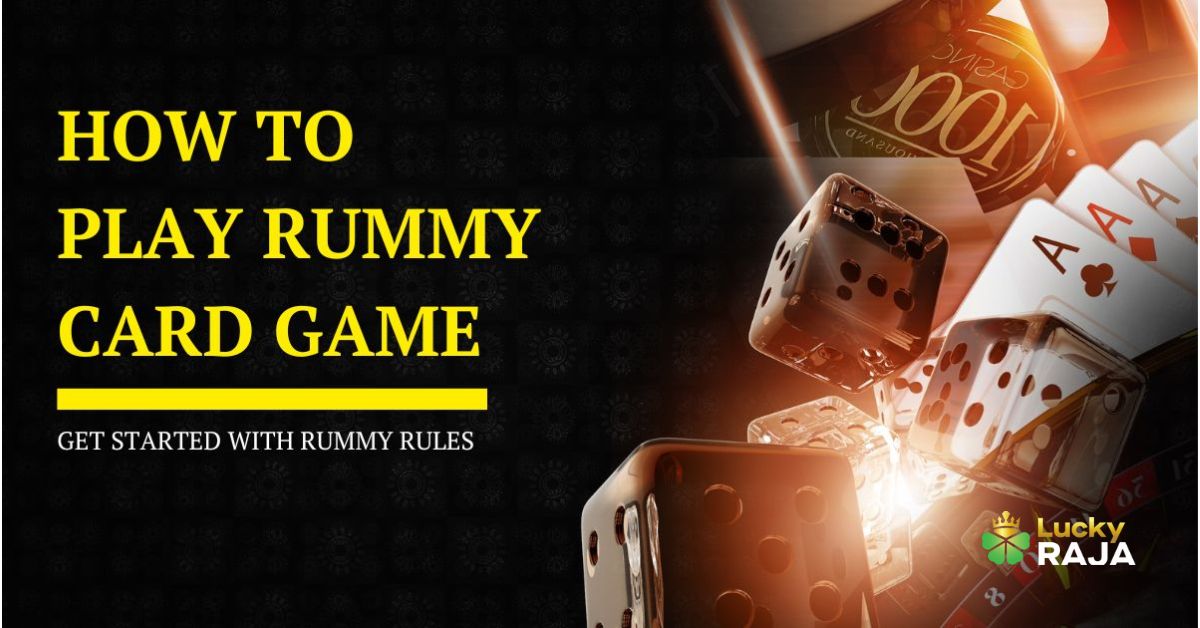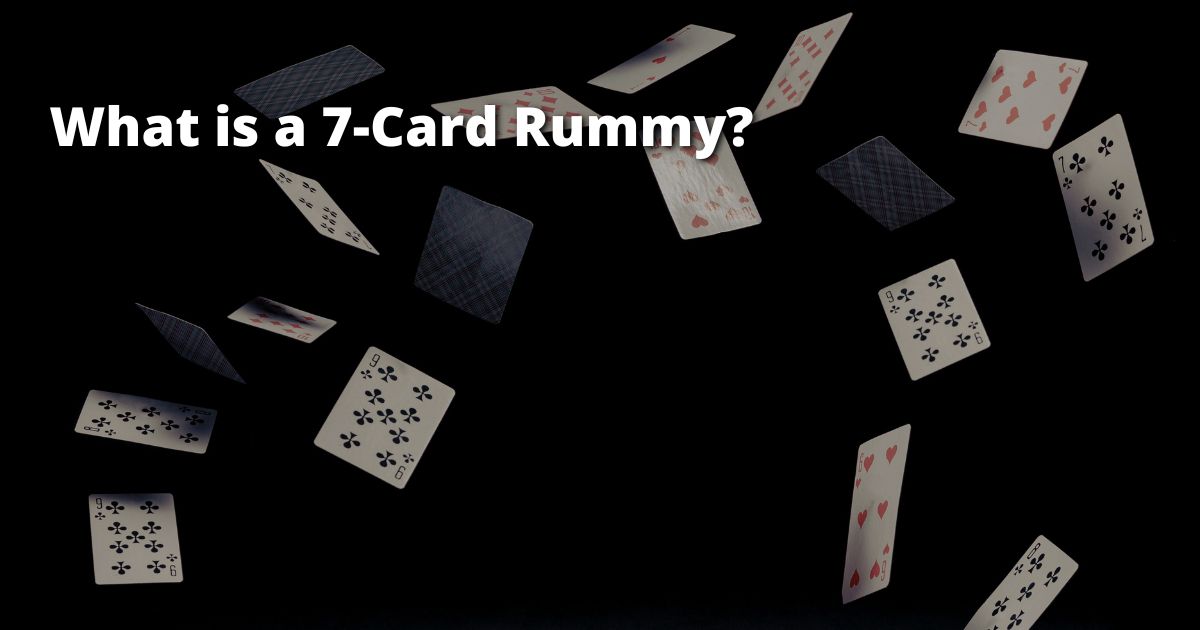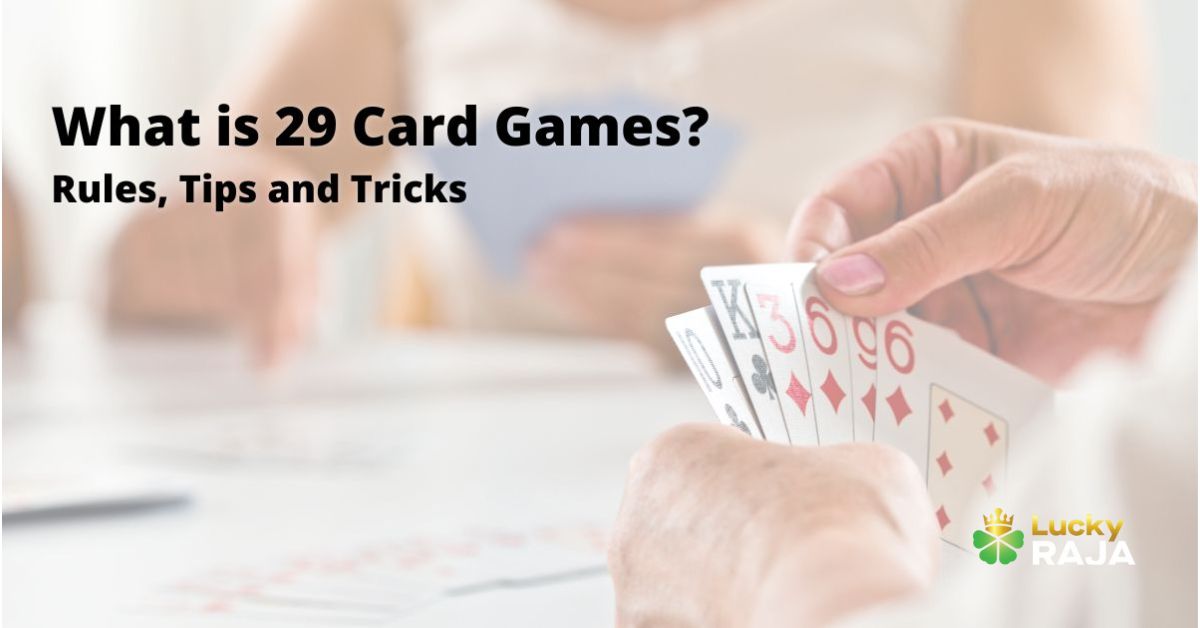The term "Joker Game" usually refers to card games that involve a Joker card. In most card games, the Joker card is different from the standard numbered and face cards and is often considered a wildcard. Games that include the Joker card can add a layer of excitement and strategy, as the Joker can sometimes represent any card or bring special advantages to the player who uses it.
While the Joker Game itself is not one specific game, it refers to card games where the Joker plays a crucial role. Some of these games include popular games like Rummy, Poker, and Canasta, where the Joker card can change the flow of the game by being used in unique ways. Including the Joker makes the game more unpredictable and allows players to make moves they otherwise wouldn’t be able to.
The Joker card plays a flexible role in card games, acting as a versatile and strategic element. Here’s a look at how the Joker card is commonly used in different types of games:
- In many card games, like Poker and Rummy, the Joker acts as a wildcard, meaning it can stand in for any other card. For example, if you are missing a certain card to complete a sequence or set, the Joker can be used to take that card’s place. This gives players a chance to complete their hand even if they don’t have all the required cards.
- In some games, the Joker can act as the highest or lowest card in the deck, depending on the game rules. This means it might score more points or allow the player to win a hand if it is considered the highest card. On the other hand, as the lowest card, it might help in games where players aim to keep their scores low.
- In games like Canasta, the Joker card adds extra points to a player’s score. Because it’s so valuable, it often becomes the target card for players trying to win more points, making it a powerful card in point-based games.
- Some games have unique roles for the Joker. For instance, in certain forms of Indian Rummy, the Joker is used as a substitute card that can complete any sequence. In Uno and similar games, there are "Joker"-type cards, which may have special powers like skipping turns, reversing the direction, or forcing other players to draw more cards. While technically not the same as the traditional Joker card, these cards serve a similar purpose by adding unexpected twists.
- Interestingly, not all card games use the Joker. In classic Bridge and Solitaire, for example, the Joker cards are often removed from the deck before the game starts. In these games, the Joker doesn’t serve any purpose, and players only play with the 52 standard cards.
- The Joker card adds an exciting strategy component to many games. Because it can change the game outcome in an instant, players have to think carefully about when and how to use it. Holding onto a Joker until the right moment can be a winning strategy in games like Rummy and Poker.
The rules for using the Joker card can differ widely across card games, but generally, it is one of the most flexible and exciting cards in the deck. Here are some common rules applied in various Joker card games:
- In many games, including Rummy and Poker, the Joker acts as a wild card. This means players can use it to replace any card they need. For instance, if you’re missing the 7 of Hearts to complete a sequence in Rummy, a Joker can substitute for that card, allowing you to finish your set.
- Key Rule: In these games, a player can only use a Joker to substitute one card at a time within a set or sequence.
- In certain games, the Joker card has a specific point value. For example, in Canasta, the Joker is worth 50 points, which makes it a high-value card. Points for the Joker can also depend on whether it is used to complete a sequence or left unused.
- Key Rule: Points for Jokers are added up at the end of the game, which can affect the final score, especially if multiple Jokers are used.
- In some games, players may have restrictions on when they can use a Joker as a substitute. For example, in some variations of Rummy, a Joker can only replace specific cards, such as face cards (King, Queen, Jack) or a particular suit.
- Key Rule: Always check the game-specific rules to understand when and how the Joker can be used, as some games impose limits on its flexibility.
- In games where the Joker doesn’t have a direct function, it may still serve as an additional card that can increase the number of possible moves. For example, in certain house rules, the Joker is treated as an extra card that allows players to get a second chance at forming sequences or sets.
- Key Rule: If used as an extra card, the Joker can only add flexibility without substituting directly for a specific card in a sequence or set.
- Some games use "colored" or "big" and "small" Joker variations. In Chinese Poker, for example, the big Joker (often the red Joker) beats the small Joker (often black), giving it an advantage if both are in play.
- Key Rule: Check for variations like color-based Jokers, where each Joker card holds different strengths or advantages depending on the game.
- In games like Old Maid, which is often played with one Joker, players try to avoid holding the Joker at the end of the game, as it results in a penalty. Here, the Joker serves as the “Old Maid” card, and the player left with it loses.
- Key Rule: In penalty-based games, players aim to discard or avoid the Joker, turning it into a card with negative consequences.
- While the Joker card is a versatile addition, some games, like Bridge and traditional Solitaire, exclude the Joker altogether. In these games, the deck is limited to the 52 standard cards, and the Joker plays no role.
- Key Rule: If a game’s rules specify no Jokers, players should remove both Joker cards from the deck before starting.
- Although not a traditional playing card, games like Uno have their own versions of the Joker card, such as the "Wild" or "Draw Four" card, which can act similarly to a Joker by allowing players to change colors or force opponents to draw additional cards.
- Key Rule: In Uno-style games, these “Joker” cards follow unique rules that allow players to disrupt the regular game flow or gain an advantage.
In a standard deck of cards, there are two Joker cards. This makes the total count 54 cards, including the usual 52 standard cards (13 cards in each of the four suits: hearts, diamonds, clubs, and spades) plus the two Jokers. However, the number of Joker cards can vary depending on the deck type and the purpose for which it’s designed. Here’s a closer look:
- Most decks include two Jokers: a red Joker and a black Joker. While they are typically identical in function, they might be slightly different in design or color, often matching their respective red or black suits.
- Purpose of the Two Jokers: The Jokers are added as versatile cards that can be used in various ways depending on the game, such as serving as wild cards, replacements, or point boosters. In games that require only one Joker, players may choose to remove one from the deck.
- Some card games, like Old Maid, use only one Joker card. In these cases, the Joker often serves as a penalty card or a card to avoid, as the player left with the Joker at the end loses the game. Decks with one Joker are less common, but some specialty decks are designed this way to suit specific games.
- How It Affects Gameplay: Using only one Joker can make the game simpler and may change strategies, as players can’t rely on multiple Joker cards to substitute or add points.
- In games like Bridge and Solitaire, the Joker card isn’t used, so players remove both Joker cards from the deck. This creates a traditional 52-card deck, which is the most common setup for classic card games.
- Why Remove Jokers?: For these games, the strategy and rules are based strictly on the 52-card deck, and adding Jokers would alter the structure and flow of play. Removing the Jokers maintains the standard gameplay intended for these games.
- Some custom or novelty decks may include more than two Joker cards. These decks are usually designed for unique games or specialty rules. For instance, some Canasta decks or card decks used in certain variants of Rummy might come with extra Jokers.
- When Extra Jokers are Useful: More Jokers increase the flexibility in these games, allowing players more opportunities to complete sequences, add points, or disrupt opponents’ strategies.
- Historically, the Joker was added to card decks in the 1800s for use in Euchre, where it served as a top trump card. Since then, it has become a standard part of the deck, offering new ways to play and adding an element of surprise to many card games.
- Today, the Joker is a staple, making games more dynamic and allowing for a wider range of strategies. While its role can vary, it consistently brings an extra level of excitement to card games.
Playing a Joker card effectively can be a game-changer. Since the Joker is often the most versatile card in the deck, it can serve different purposes, such as completing hands, boosting points, or disrupting opponents. Here are some tips and strategies on how to play a Joker card in various games to make the most of its unique abilities:
- Common in Games Like Rummy and Poker: In many games, the Joker acts as a wild card, meaning it can stand in for any card to help complete a sequence or set. For example, if you’re missing a card to complete a set of three 8s in Rummy, you can use the Joker to represent the missing 8.
- Tip: Play the Joker strategically. Try to save it until the end of the game, where it might help you complete your hand or make the difference in securing a win.
- High Value in Games Like Canasta: In games where points matter, the Joker is often worth more than other cards. For instance, in Canasta, the Joker is valued at 50 points, making it a valuable addition to your score.
- Tip: Use the Joker in high-scoring combinations or play it at a time when it will maximize your points. Holding onto it until you can play it for a big point boost can give you an advantage over your opponents.
- In Games Like Old Maid: Some games make the Joker an undesirable card, where keeping it can lead to a penalty. In Old Maid, for instance, the Joker is the "Old Maid," and the player left with it at the end loses the game.
- Tip: In such games, try to get rid of the Joker as soon as possible by either passing it to another player or discarding it if allowed. This minimizes your chances of being penalized at the game’s end.
- Example: Euchre and Specialty Games: In games like Euchre, the Joker may act as the highest trump card, which can win any hand. Playing it strategically at the right time can help you win a crucial round.
- Tip: Save the Joker until you face a challenging hand or when you need to secure a win in a high-stakes round. Using the Joker at the right moment can be a powerful way to disrupt your opponents’ strategies.
- When Multiple Jokers Are in Play: In games where multiple Joker cards are used, playing one early can set a strategic tone and force other players to adjust their game plans. This can be especially useful in games with a competitive element, like multi-player Poker or Rummy.
- Tip: If you have two Jokers or if Jokers are plentiful, consider using one early in the game to gain an early advantage or throw off your opponents’ strategies.
- Useful in Unpredictable Games: In games like Poker or Indian Rummy, where outcomes can shift quickly, keeping the Joker until the final stages can provide a safety net. It may allow you to complete a hand or avoid a loss when your options are limited.
- Tip: In close games, reserve the Joker as a last-ditch effort to save your hand or make a comeback. The Joker can be the difference between winning and losing, so using it carefully can tip the scales in your favor.
- Different Rules in Different Games: The Joker’s role can vary widely from game to game, so it’s essential to understand the specific rules in the game you’re playing. Some games limit the Joker’s use to certain hands or specific card types, while others may allow unlimited flexibility.
- Tip: Before starting a game, clarify how the Joker is used and any limitations it may have. Knowing the game-specific rules for the Joker can help you avoid mistakes and use it to your best advantage.
The Joker card often symbolizes mystery, flexibility, and unpredictability. In card games, it’s a wildcard, representing adaptability since it can stand in for any other card. Culturally, the Joker is seen as a symbol of duality—both playful and chaotic—similar to the "fool" or "trickster" archetypes in stories. This symbolism highlights its unique, unpredictable role both in games and broader cultural contexts.
No, a standard deck consists of 52 cards without the Jokers. When the Jokers are included, the deck totals 54 cards (52 standard cards plus 2 Jokers). However, some games remove Jokers, bringing the count back to the traditional 52 cards, while others may keep one or both Jokers depending on the game rules.









__1741452026-0.jpg)










